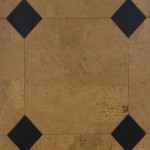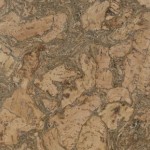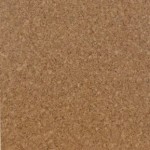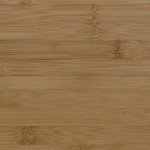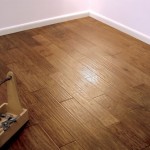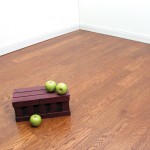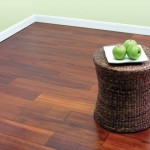Cork
Cork is one of the most environmentally friendly species of wood used in flooring today. Cork flooring is created from the bark of the cork oak tree, a relative of the beech family that is found in western Mediterranean countries. While cork trees are stripped of their bark every nine to 14 years, the tree is never cut down and the habitat is never disturbed. Cork flooring is remarkably resistant to wear-and-tear and provides incredible acoustical insulation.
- Cork with Diamond Pattern
- Cork
- Cork Natural
Bamboo
Bamboo is actually a grass, not a wood. Bamboo is fast growing and replenishable, producing new shoots every year. Natural bamboo flooring is also highly durable – 13 percent harder than red oak and 50 percent more stable than maple. Its distinct grains provide an elegant pattern that can add a unique look to any room of your home.
- Bamboo Flat
- Bamboo Edge
Eco-Flooring
Although hardwood flooring options from rapidly sustainable resources have been around for several years, Eco-Flooring takes it to a whole new level. Eco-Flooring’s products all fall into at least one of five categories:
- Made from rapidly renewable or non-wood products (i.e. cork, bamboo)
- Made from post-industrial recycled wood (i.e. sawdust, veneer backing boards, etc.)
- Made from salvaged logs (forest deadwood, orchards, forest thinnings, etc.)
- Made from reclaimed/recycled wood
- Sourced from a responsibly harvested forest, as identified by the Forest Stewardship Council
Eco-Flooring is opening up a whole new array of choices to consumers who are looking to be environmentally conscious but still want a more traditional looking flooring product. Some of the more common species available include birch, hickory, acacia, oak, walnut, chestnut, cypress and cherry. In addition, there are nearly a hundred different options of finishes, species, thicknesses and widths available.
- Sunflower Birch
- Cinnamon Hickory
- Cracked Wheat Oak
- Larkspar Acacia

